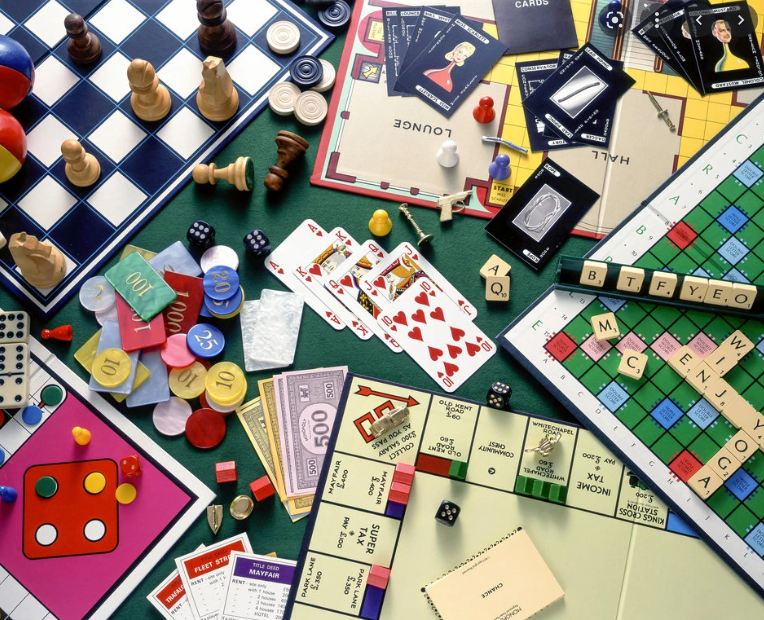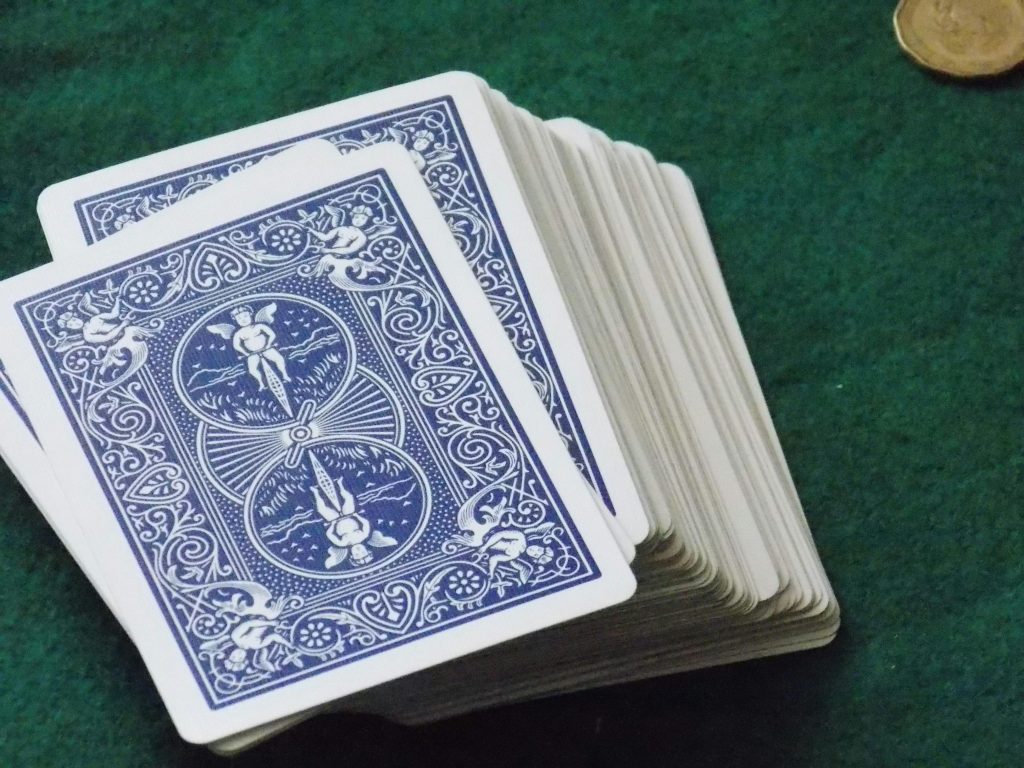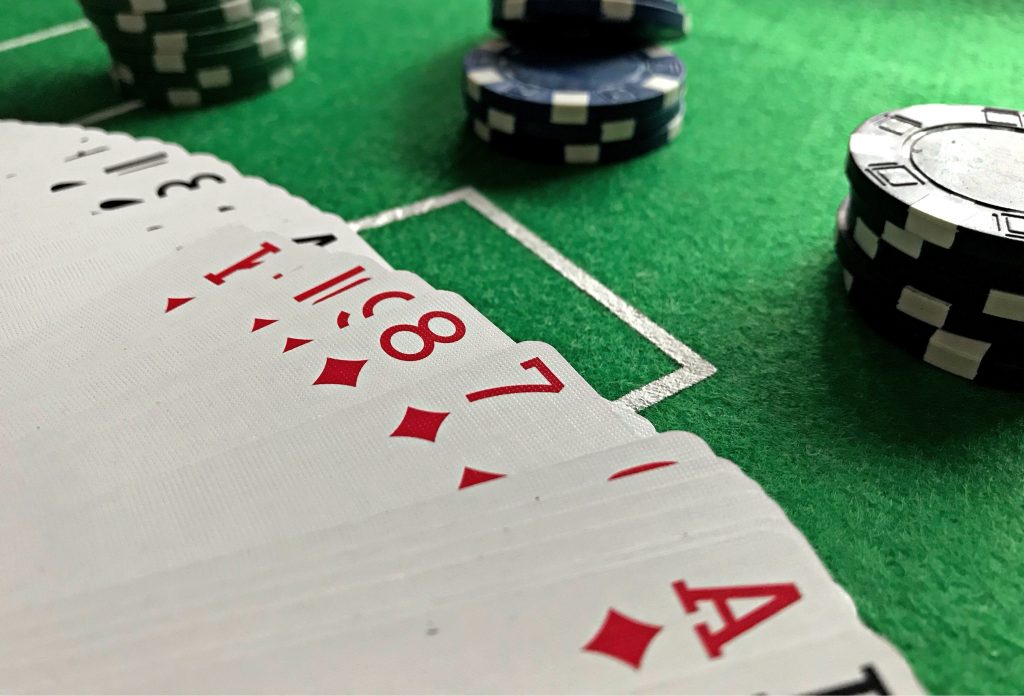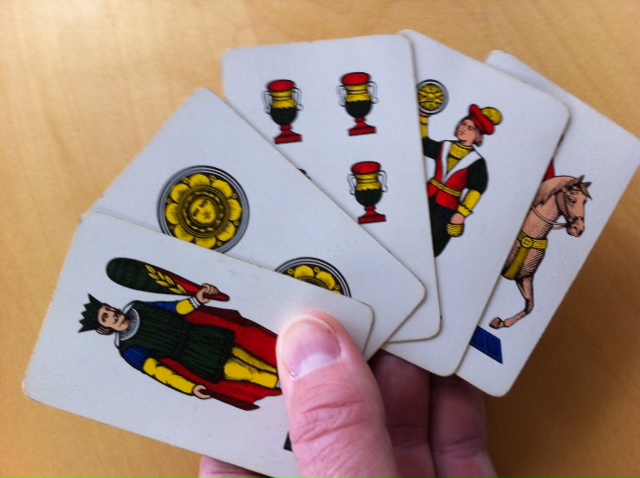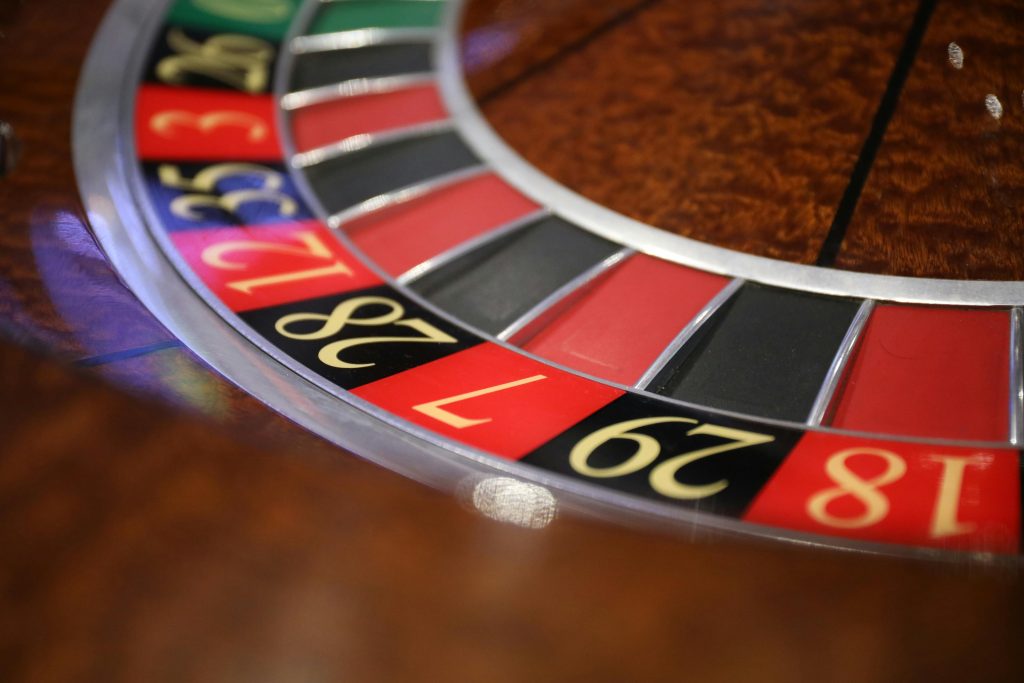
Roulette is a game of chance; a wheel with numbered sections spins at high speed. A ball is added to the mix and eventually lands randomly on one of the numbered sections as the wheel slows down and stops. In today’s article, we will delve deeper into the ins and outs of roulette, explore roulette strategies you can deploy, and hopefully give you more information on how to play the game safely and responsibly.
Cracking the Code: Deciphering the Objective Behind Roulette
The objective of roulette is to guess which number or color the ball will land on when it’s spun around the roulette wheel. In most circumstances, betting occurs using casino chips or digital currencies if you play an online version of roulette. In a traditional roulette setting within a casino, betting takes place on a giant board known as the layout containing a table full of numbers, colors, odd or even, and other betting options. Below, we have listed some things you can bet on, usually in roulette games.
- The outright number (place your chip on the number)
- You can bet on several numbers by placing your chip on the edge or corner of the number’s box.
- Black or red.
- Even or odd.
- High value or low value.
- Groups of numbers (this is usually in thirds).
- Zero (es)
Roulette Remix: Exploring Different Variants of the Classic Game
There are several variants of roulette that offer different rules and gameplay experiences. Some popular variants include:
- European Roulette: This is the most common variant, featuring a wheel with 37 pockets (numbers 1-36 and a single zero). The house edge is lower compared to American Roulette.
- American Roulette: This variant has a wheel with 38 pockets (numbers 1-36, a single zero, and a double zero). The additional double zero increases the house edge.
- French Roulette: This game is similar to European Roulette but has additional rules like “La Partage” and “En Prison” that can benefit players when the ball lands on zero.
- Mini Roulette: This is a scaled-down game version with only 13 pockets (numbers 1-12 and a single zero). This variant offers different odds and payouts.
- Multi-Wheel Roulette: A variant that allows players to bet on multiple wheels simultaneously, increasing the excitement and potential winnings.
- Live Dealer Roulette: This is a popular online variant in which players can experience the game with a real-life dealer via live video stream, adding a social element to the gameplay. Each variant offers unique features and betting options, providing players various choices to suit their preferences.
Roulette Fundamentals: Rules to Navigate the Game with Confidence
In the roulette game, players place bets on where they think a ball will land on a spinning wheel. The wheel is divided into numbered pockets, typically from 0 to 36 in European roulette and 00 in American roulette. Players can bet on individual numbers, groups of numbers, colors (red or black), odd or even numbers, or high (19-36) or low (1-18) numbers. For example, once all bets are placed, the dealer spins the wheel and drops the ball in the opposite direction. The winning number is determined by where the ball lands on the wheel. Payouts are made based on the type of bet placed and the odds associated with it. It’s important to note that roulette is a game of chance, and the house always has a slight edge.
Spinning the Odds: A Closer Look at the Roulette Wheel and Table
The roulette wheel and table are essential to the popular casino game roulette. The roulette wheel typically consists of 37 or 38 numbered pockets, depending on whether it’s a European or American wheel. The table layout includes betting options where players can place bets before the wheel is spun. The wheel is spun in one direction, while a small ball is spun in the opposite direction. The ball eventually rests in one of the numbered pockets, determining the winning number and color. Players can bet on individual numbers, groups of numbers, colors, odd or even numbers, and other combinations. The game is based on chance, and watching the ball land on a winning number makes roulette so thrilling for players.
The House Advantage: Delving into the Roulette House Edge
The house edge in roulette varies depending on the type of bet you place. In American roulette, where there is an additional double zero (00) on the wheel, the house edge is typically around 5.26% for most bets. In European roulette, which has a single zero (0), the house edge is lower at around 2.70% for most bets. For example, it’s important to note that the house edge is the advantage the casino has over players in the long run, so it’s always a good idea to be aware of the odds and probabilities when playing roulette.
